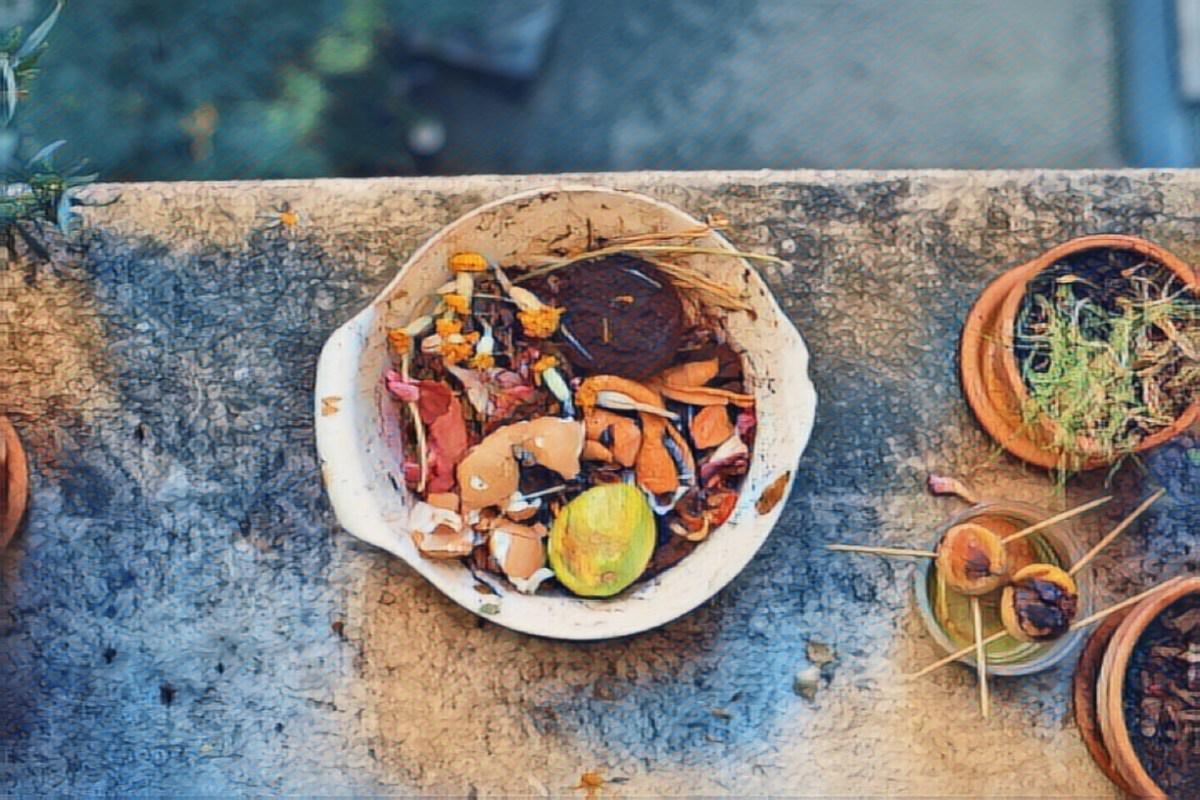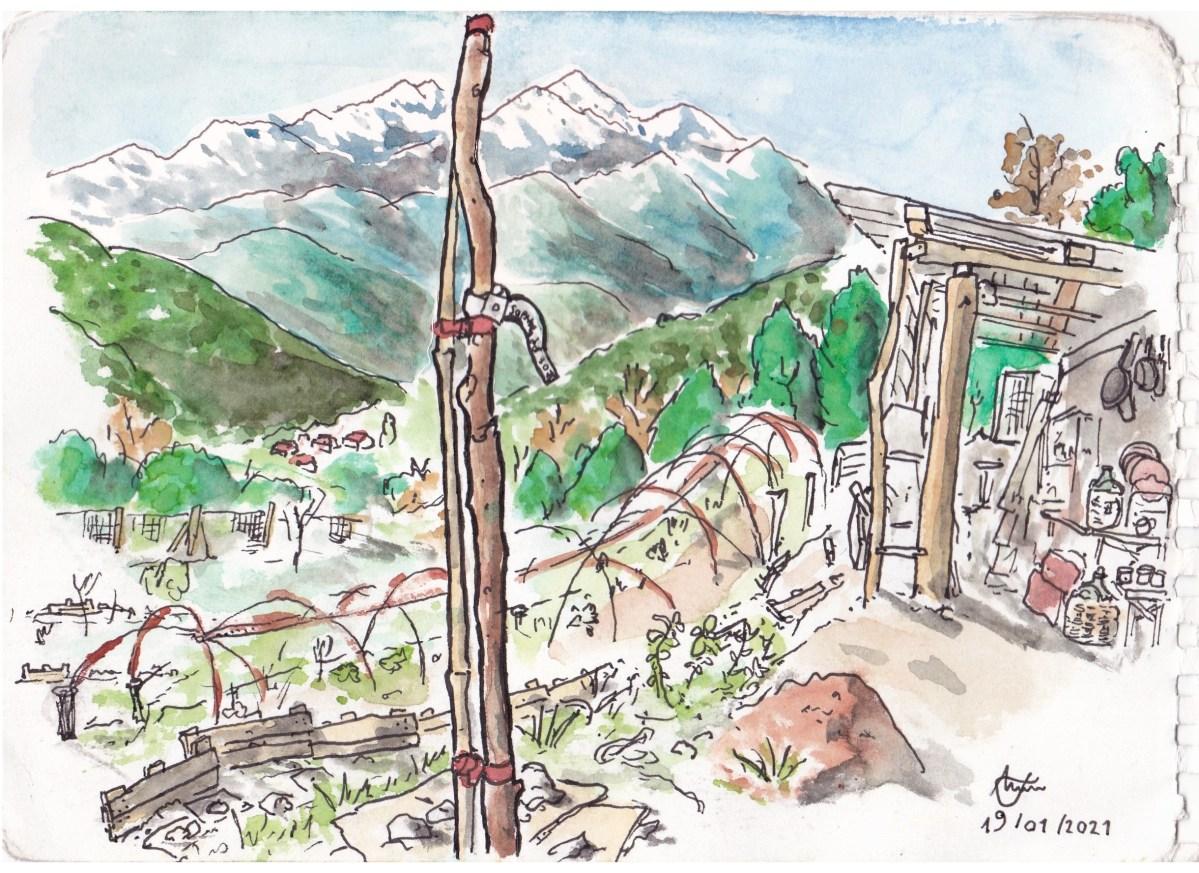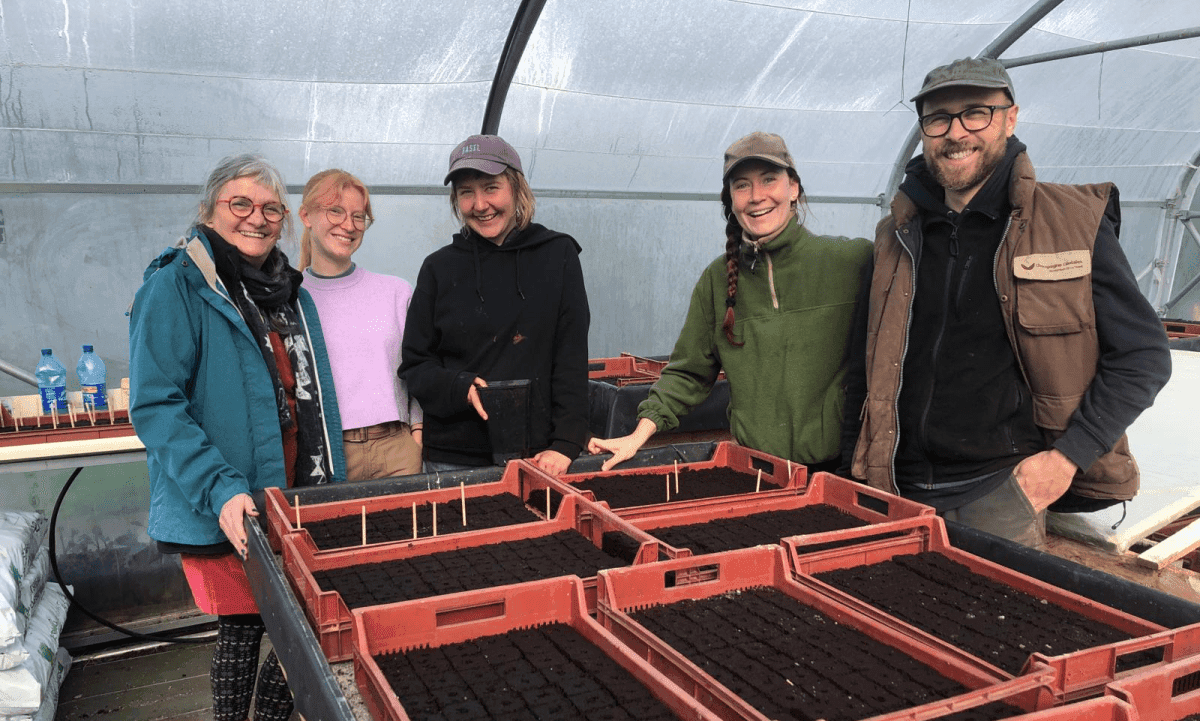
Community Composting: a Starter's Guide
Here is the down n' dirty (no pun intended) on how to make your kitchen scraps a work of sustainable art—that gives back to the community one banana peel at a time.
As a part-time urbanite, I can empathize with the wanting to be sustainable but also the I don't have need nor room for a natural and enriched fertilizer! qualm. I'm here to tell you that in spite of tight places and snug spaces, composting is totally do-able from chez toi.
Many local organizations may be in want of your discarded foodstuffs, keeping them out of landfills, allowing you to practice sustainability from the comfort of your kitchen. I share with you my recycled trash ritual, my tiny-kitchen-to-local-garden-composting beginner's guide.
What you will need.

A concealed composting bin and a place to donate your compost, i.e. a school or community garden. Call around—you'd be surprised who needs your decomposing pineapple tops!
What can go in your compost?
Your table scraps, coffee grounds, eggshells, twigs, dried plants/flowers and the like.
Keep toxic waste, chemical and synthetic products out of the mix.
Check with the community garden if they want to exclude certain items—like animal products which may attract rodents.

Step one: throw yo' kitchen scraps in a composting bin
So, you don't have to open the stinky bin every time you want to toss something in per se. You can keep a bowl and empty it at the end of the day or when full into the larger concealed bin.
Step two: when the bin fills up, take the compost to donate to your community garden of choice


Drop off the compost. And voilà, you've come full circle.
Step three: repeat (and save the earth!)
Your fellow WWOOFer,
Marissia
Lire davantage
Une fois par saison, l'actualité du WWOOFing par email


